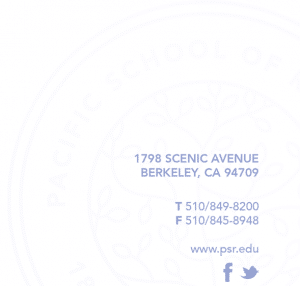
 WELCOME TO THE ASOR BLOG
WELCOME TO THE ASOR BLOG
ASOR is the preeminent society for individuals interested in the archaeology of the eastern Mediterranean and the Biblical Lands. This blog is intended to facilitate ASOR’s mission “to initiate, encourage and support research into, and public understanding of, the cultures and history of the Near East from the earliest times.”
Letter to the Editor of ANE Today
Recent events in the United States and around the world have refocused my attention to issues of Race, and how we deal, or do not deal, with them in the disciplines of Archaeology and Hebrew Bible studies, my fields of training and vocation. In some ways my thoughts have no place in the reimagining of antiquity and early people groups, since Race is a relatively modern human concept that has no basis in biology. Once we divorce concepts of Race from any footingin natural science and instead see them as social constructs, with roots back to 17th-18th century CE Europe that had profound influence on early American thinking and actions, then it is also impossible to read, see, or reconstruct Race in the ancient world. I am not suggesting that there were no differences in phenotypes, or outward appearances, between ancient people groups, just the way these differences are considered cannot, and should not, be essentialized through a modern, biological view of Race. Where concepts of Race exist is among modern researchers, living and working in a racialized society. We need to recognize this, and insure that the modern concepts do not cloud our thinking, writing, or teaching. We also have the moral and intellectual obligation to lift up scholarship by minoritized colleagues, and use this work in our own research and in the classroom. This eats away at the implicit biases that white scholars, like myself, bring to our publications and teaching, and helps a younger generation understand some of the very concepts that I have already laid out. One must also be careful of the sin of omission. We know that the powerful Kushite empire had political hegemony over Egypt in its 25th Dynasty, ca. 760-656 BCE. From the perch of Egypt, Kushites influenced the politics and economies of biblical kingdoms in the southern Levant and vied with Assyria for political sway over the region. Kush and Kushites, usually mistranslated as Ethiopia/Ethiopian or Nubia/Nubian, are mentioned almost 80 times in the canon of the Hebrew Bible, yet the group is literally left out of a recent volume on biblical peoples. As the only Sub-Saharan culture with ties to Hebrew Bible history, Kush was centered in the region of modern day Sudan, this is an oversight that prejudices views of the past. Students thirst for this kind of knowledge, yet entrée to the world of Kush in the late Iron Age is mostly limited to specialist reports, and is rarely part of the curriculum in Hebrew Bible studies or the archaeology of the Near East. We need to embrace the fact that ancient black lives matter as well as modern. Embracing change in our classrooms and research is one way to reconceptualize and deracialize the past, in order to create a more just present and equitable future.
Sincerely,
Aaron Brody, PhD
Professor of Bible and Archaeology
Director of the Bade Museum of Biblical Archaeology
Chair of the Sacred Texts Department
Pacific School of Religion & Graduate Theological Union
All content provided on this blog is for informational purposes only. ASOR makes no representations as to the accuracy or completeness of any information on this blog or found by following any link on this blog. ASOR will not be liable for any errors or omissions in this information. The opinions expressed by Bloggers and those providing comments are theirs alone, and do not reflect the opinions of ASOR or any employee thereof.
 WELCOME TO THE ASOR BLOG
WELCOME TO THE ASOR BLOG

